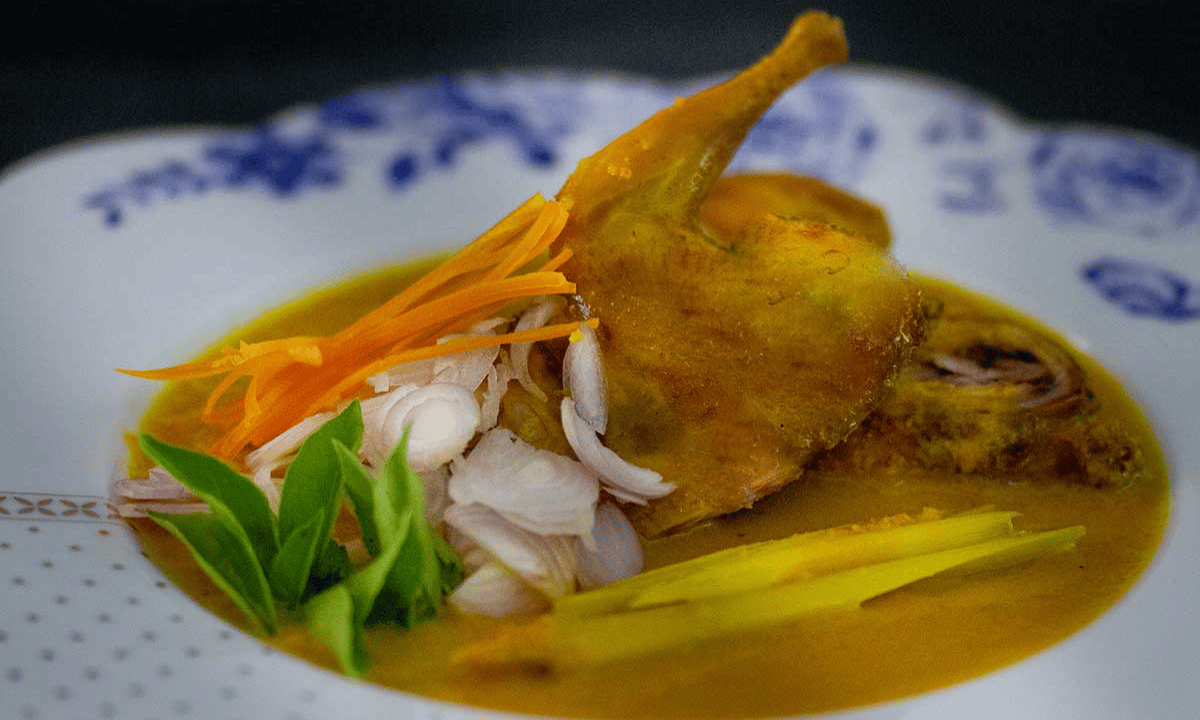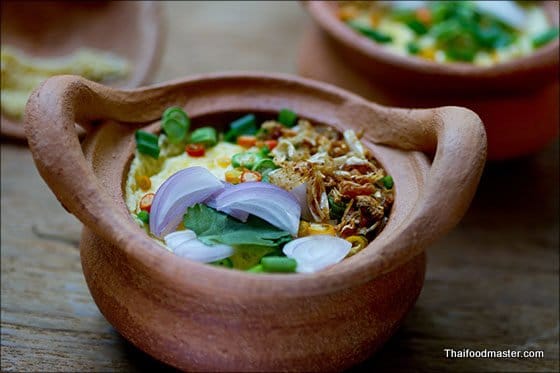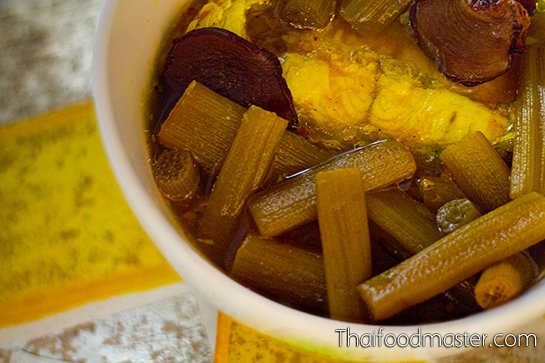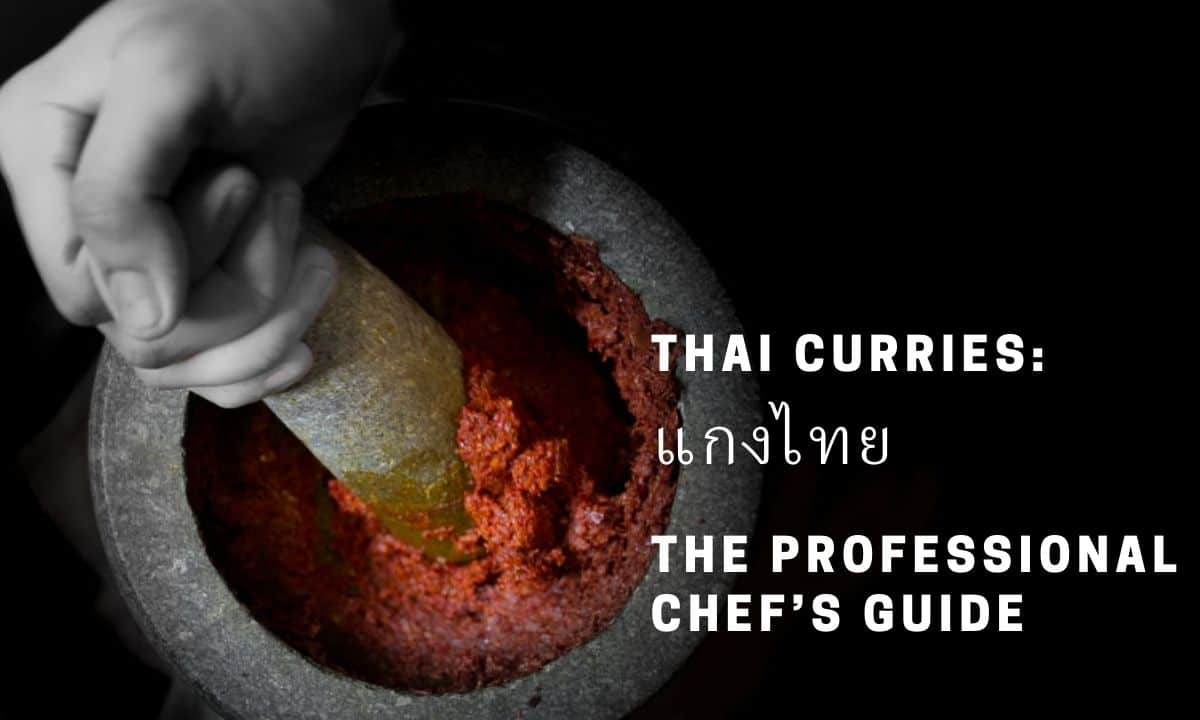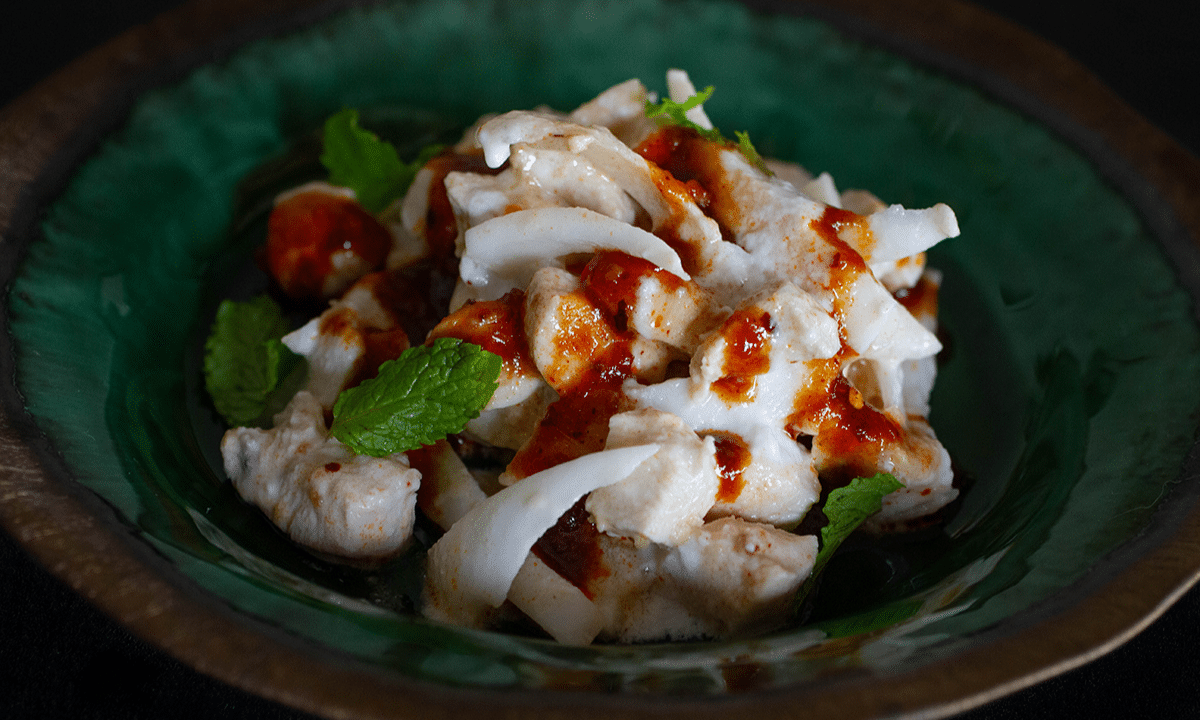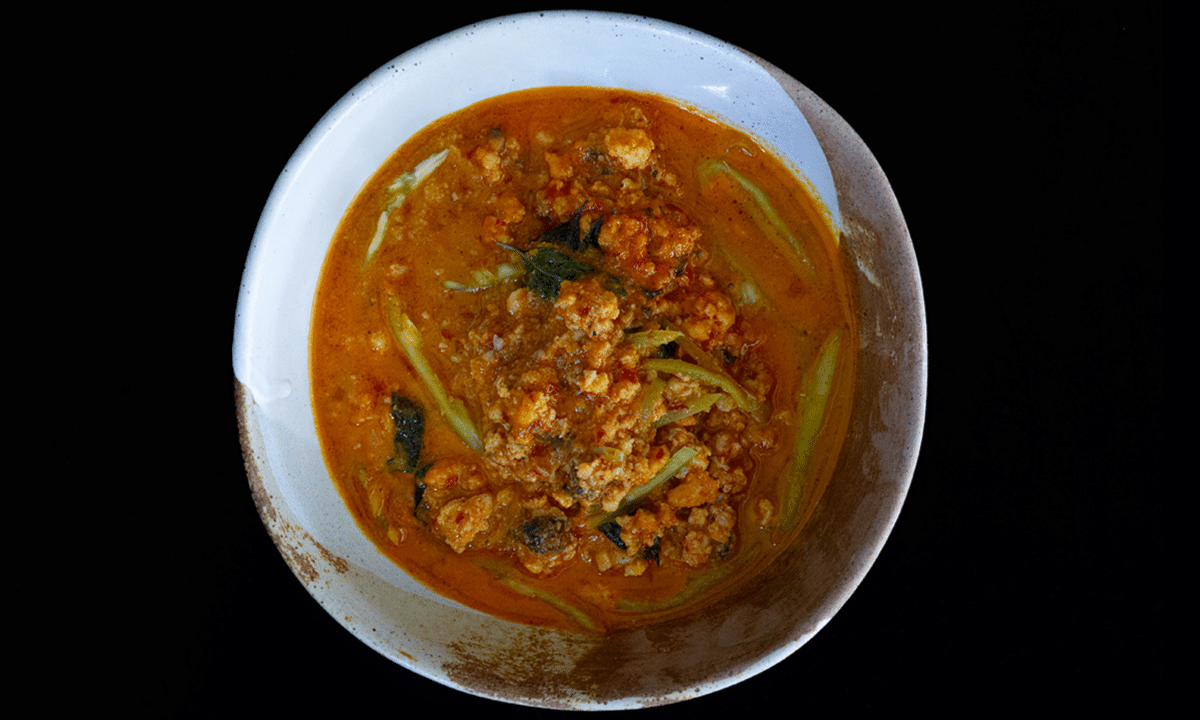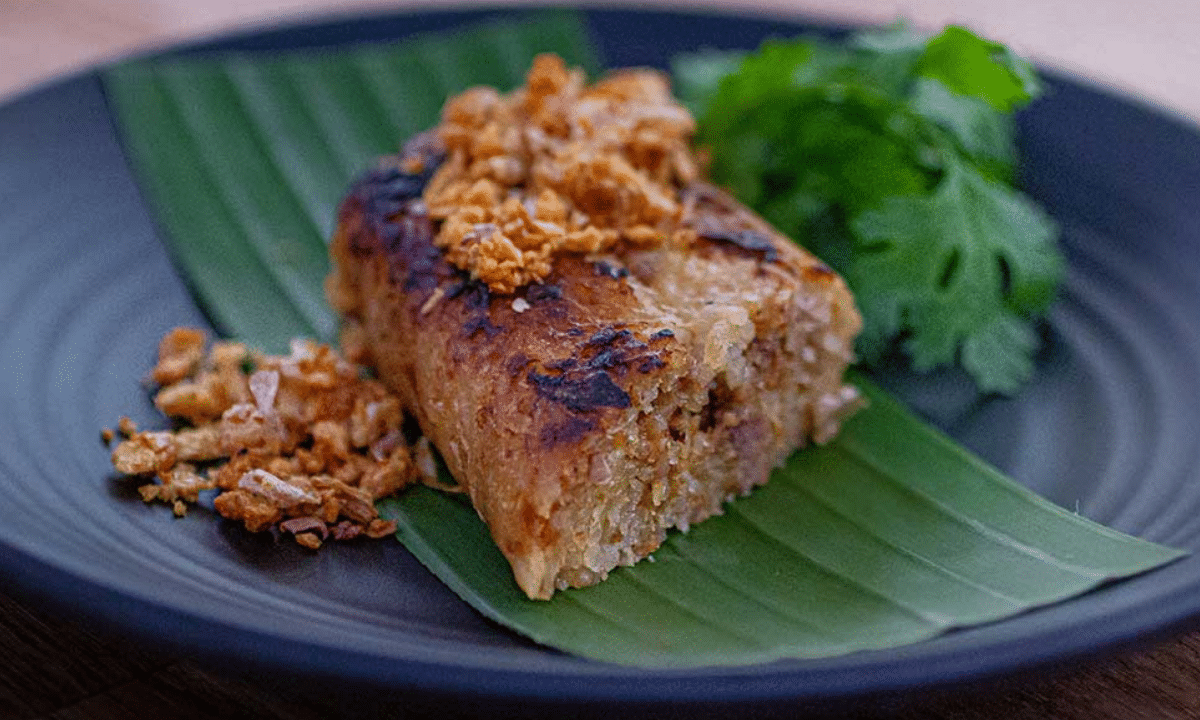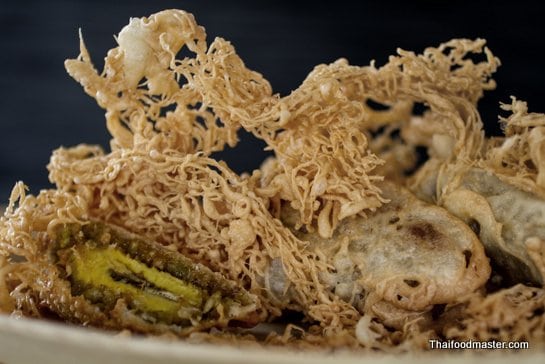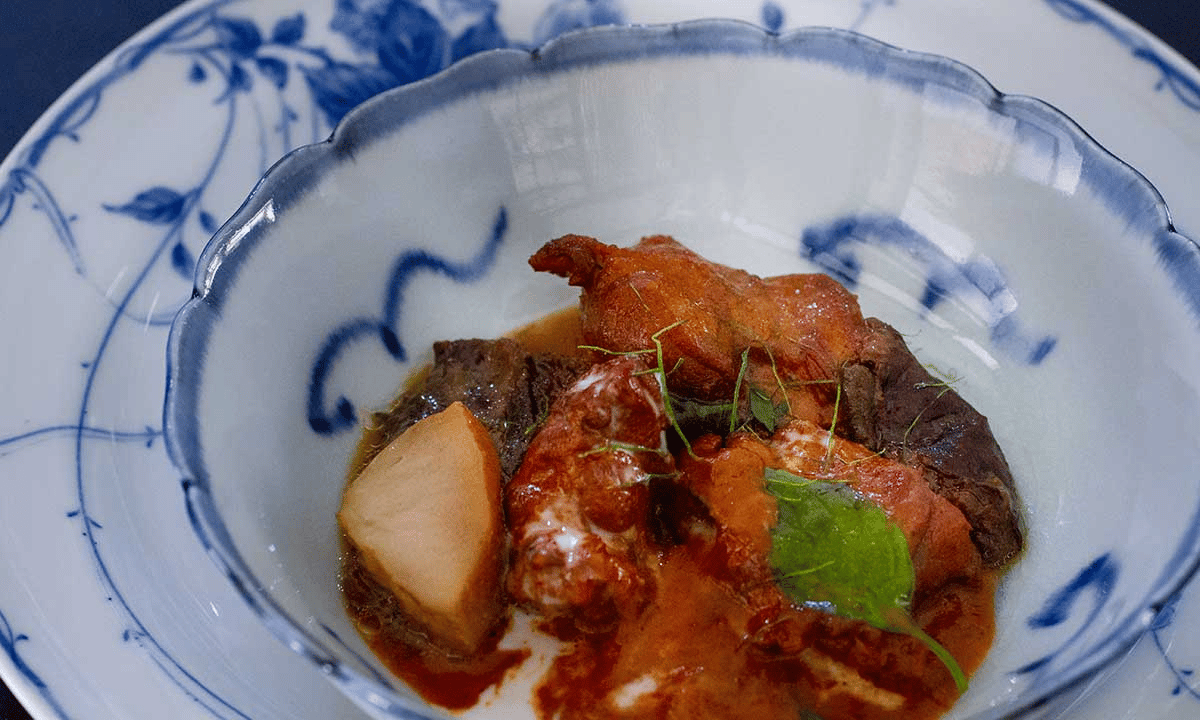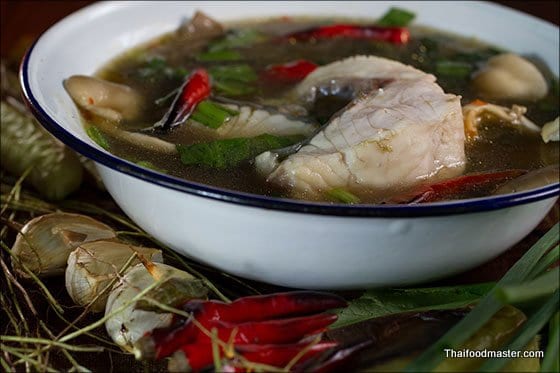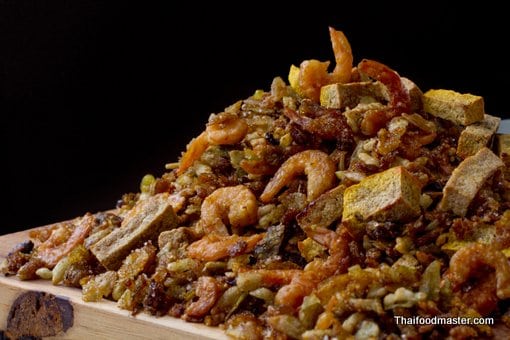
Solanum torvum, the turkey berry, devil’s fig, pea eggplant, platebrush or susumber, is a bushy, erect and spiny perennial plant used horticulturally as a rootstock for eggplant. Grafted plants are very vigorous and tolerate diseases affecting the root system, thus allowing the crop to continue for a second year. [1]wikipedia
The plant is usually 2 or 3 m in height and 2 cm in basal diameter but may reach 5m in height and 8 cm in basal diameter. The shrub usually has a single stem at ground level, but it may branch on the lower stem. The stem bark is gray and nearly smooth with raised lenticels. The inner bark has a green layer over an ivory color (Little and others 1974). The plants examined by the author, growing on firm soil, had weak taproots and well-developed laterals. The roots are white. Foliage is confined to the growing twigs. [2]wikipedia
The twigs are gray-green and covered with star-shaped hairs. The spines are short and slightly curved and vary from thick throughout the plant, including the leaf midrib, to entirely absent. The leaves are opposite or one per node, broadly ovate with the border entire or deeply lobed. The petioles are 1 to 6 cm long and the blades are 7 to 23 by 5 to 18 cm and covered with short hairs. The flowers are white, tubular with 5 pointed lobes, and grouped in corymbiform cymes. They are shed soon after opening. [3]wikipedia
The fruits are berries that grow in clusters of tiny green spheres (ca. 1 cm in diameter) that look like green peas. They become yellow when fully ripe. They are thin-fleshed and contain numerous flat, round, brown seeds (Howard 1989, Liogier 1995, Little and others 1974). [4]wikipedia
Turkey berry apparently is native from Florida and southern Alabama through the West Indies and from Mexico through Central America and South America through Brazil (Little and others 1974). Because of its rapid spread as a weed in disturbed lands, it is difficult to tell which populations are native and which are introduced. Turkey berry has been introduced and naturalized throughout tropical Africa, Asia, Australia, and the Pacific Islands including Hawaii, Guam, and American Samoa (Pacific Island Ecosystems at Risk 2001). In Jamaica this berry is called susumba, or gully beans, and is usually cooked in a dish along with saltfish and ackee. It is believed to be full of iron (it does have a strong iron like taste when eaten) and is consumed when one is low in iron. [5]wikipedia
The green fresh fruits are edible and used in Thai cuisine, as an ingredient in certain Thai curries or raw in certain Thai chili relishes. They are also used in Lao cuisine (Royal Horticultural Society 2001) and Jamaican cuisine. The fruits are incorporated into soups and sauces in the Côte d’Ivoire (Herzog and Gautier-Béguin 2001). [6]wikipedia
In Tamil Nadu, India, the fruit is consumed directly, or as cooked food. In siddha medicine, one of the traditional medicine systems of India, an extract of this berry is used to improve digestion. [7]wikipedia
The information on this website has been compiled from reliable sources, such as reference works on medicinal plants. It is not a substitute for medical advice or treatment and Thaifoodmaster does not purport to provide any medical advice.
References
